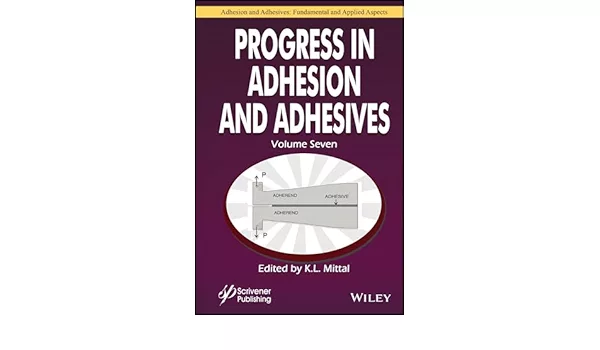Ask Dr. Dave
Do you have an adhesives-related question? Send it to Dr. David Dunn, a technical consultant. His broad knowledge of the industry has helped hundreds of people. He may just have the answer you're looking for to help your business.
Question:
We have recently started buying acrylic adhesive and hardener from China, which we are filling in aluminum tubes. We are facing gelation problems in the tubes despite the fact that they are coated with phenolic coating. Having worked exclusively in the field of epoxy adhesives, this is our first exposure to acrylic adhesives. What precaution we should take to ensure that gelation does not take place?Answer:
It is difficult to be specific without knowing the composition of your adhesive, but you should not have problems packaging in an aluminum tube. Do you have the same problems if you store in glass or polyethylene? If so, then the adhesive is intrinsically unstable. If problems are only in aluminum, then you should look for possible contamination by copper impurities or perhaps a basic residue from your phenolic coating.Question:
We are a furniture manufacturer that uses hot-melt adhesives for the edgebanding of cabinets. Our current adhesive is very thick and we have real problems with charring in the pot, which makes the pot very difficult to clean out. Can you recommend a better adhesive? We commonly bond PVC, wood and high-pressure laminates.Answer:
Most hot-melt adhesives for this application are highly filled with inorganic fillers such as talc. It is often argued that these fillers are necessary for viscosity control, to help fill in surface imperfections in the wood and to help in the bonding process. However, we suspect a major reason for the use of these fillers is to lower the overall cost of the adhesives. One of the negative consequences of these highly filled thick adhesives is that application temperatures usually have to be quite high (often over 4,000 degrees F), heat transfer from the pot heaters to the adhesive resin is inhibited by the filler, and you run the real risk of charring the adhesive if production is interrupted for any length of time. You should really consider looking at some of the newer edgebanding adhesives that are unfilled. These are a little more expensive but can be formulated for great in-pot stability and very high strengths. These adhesives substitute high levels of adhesive resin in place of the fillers. You may have to adjust your edgebander to accommodate the lower viscosity of these adhesives, but I have seen them used very successfully in high-speed production situations with in-line routing.Question:
I am an architect who recommends using silicone sealants in caulking situations. However, some of our customers have problems with mold and fungicide on the sealants in much shorter times than I would expect given my experience with this type of sealant. Can you suggest a solution to this problem?Answer:
The backbone silicone molecules in these sealants do not normally allow the growth of molds or fungus. However, organic additives, dirt and impurities can often stimulate growth. The real solution to your problem is to specify a sealant from a reputable manufacturer who has both added an antimicrobial additive to the sealant and carried out the appropriate testing. Ask for a copy of the test results. I have personally noticed large differences in performance between well-formulated but fairly expensive brand name bathroom caulks and some of the low-cost private label brands. Re-caulking in a bathroom is not one of the most exciting jobs in life, and I would certainly recommend choosing the right sealant. One of the problems with high-performance sealants like silicones is that they have lifetimes of 20 to 40 years or more, and the antimicrobials can be leached out under constant exposure to moisture. Some newer antimicrobial additives are starting to appear that are resistant to leaching and offer a very slow time-release of the active compound.Looking for a reprint of this article?
From high-res PDFs to custom plaques, order your copy today!






